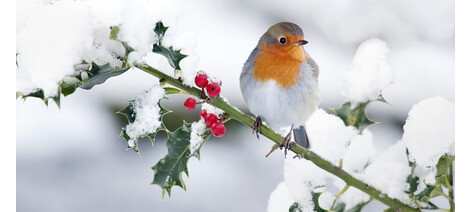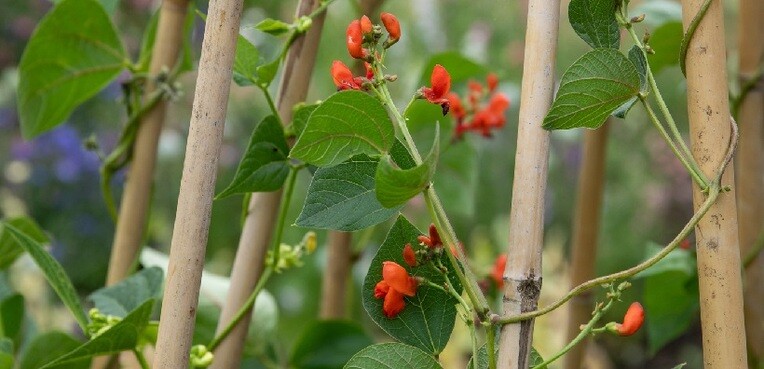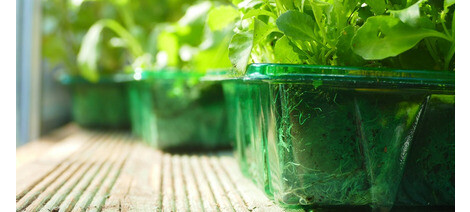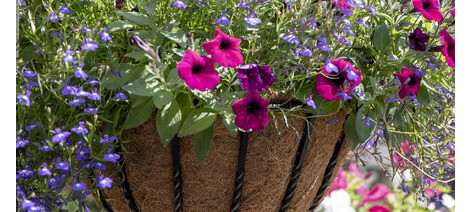
How to grow Runner Beans

Runner Beans are one of the Nation’s favourite vegetables to grow. For many gardeners the summer is not complete without a delicious crop of Runner Beans. They are such a productive crop and are really easy to grow. Please don’t be discouraged if you have a small plot as they are the perfect space saving crop and grow equally well in large pots.
Varieties of Runner Bean
There are plenty of different Runner Beans varieties to choose from. Take a look at them listed below to find the varieties suitable for you. The list below is separated into Name, Characteristic and what they are ideal for.
Runner Bean 'Celebration' and Runner Bean 'St. George' - Pink flowers / Bicolour flowers attractive - Productive border plants.
Runner Bean ‘Jackpot’ - Dwarf variety - patio containers and small gardens.
Runner Bean 'Benchmaster' - Good for exhibition - Perfect for winning you first prize on the show bench.
Runner Bean 'Scarlet Emperor' - Superb flavour - Old fashioned variety with plenty of flavour.
Runner Bean ‘Firestorm’ - Predominantly self-pollinating. This is an earlier and continual crop - Ideal for poor weather areas.
Runner Bean ‘Snowstorm’ - Predominantly self- pollinating. This is an earlier and continual crop - Also ideal for poor weather areas.
Where to grow Runner Beans
Runner Beans like to be grown in a sunny or semi shaded spot with shelter from strong winds. Runner Beans are happy in any well-drained fertile soil. It’s a good idea to prepare the site in spring by digging it over and adding some well-rotted organic matter. You could add Poultry Manure and Rockdust to re mineralize the soil. Although keep in mind to avoid adding fresh manure immediately before planting as this will promote lots of foliage rather than beans.
Sowing Runner Beans
Sowing Indoors:
For best result we recommend sowing Runner Beans indoors from April. You can start Runner Bean seed off in small pots and transplant them later on. Simply fill a pot with seed compost or multi-purpose and make a hole of about 5cm (2") deep. Drop in a Runner Bean seed in the hole, before backfilling the hole with compost and watering the seed in.
Runner Beans will germinate in about a week and grow surprisingly quickly. We recommend hardening off Runner Bean plants for 7 to 10 days before transplanting them outdoors. Plants are ready to transport outdoors when they are approx. 32 high. Keep a close eye on the weather to ensure that all risk of frost has passed. In most parts of the UK, this will be from around the end of May.
Direct sowing outdoors:
You can sow Runner Bean seed directly in the ground outdoors from May to July. Sow them at a depth of 5cm (2") and a distance of 30cm (12") apart in adjacent rows that are set about 45cm (18") apart. Where there is limited space, you can try planting Runner Beans against a wigwam structure or an obelisk. They are perfectly happy growing in containers too, so you can even harvest a tasty crop from your patio or decking.
It’s a good idea to sow a few extra seeds at the end of each row, as spare plants for filling gaps in the row where seeds have failed to germinate. If these plants are not needed, then you can give them to your family or friends.
Plant supports for Runner Beans
Runner Beans require support from garden canes, strings or netting. Ideally these should be put in place at the time of planting, but they can be added after germination if necessary.
The most commonly used runner bean support is an A-frame of garden canes which spans two adjacent rows of Runner Beans. To build a bean support you can insert a tall garden cane next to each seedling along the 2 banks and then tie each cane to the one opposite with garden twine to create a tunnel. A supporting cane run along the top of the framework will help to hold the structure rigid. The beans will naturally twine their stems around the canes as they grow, but some may need a little help.
When growing Runner Beans in containers, a wigwam framework is preferable. This can be created from a circle of garden canes, tied together at the top or alternately a garden Obelisk would work too, this also adds structure to your garden container or borders.
If you are growing Runner Beans against walls and fences it is easiest to attach a piece of plastic horticultural mesh which will create a perfectly adequate support or use a single row of canes against the wall or fence.
Runner Bean aftercare
Throughout the growing season you will need to water your beans regularly, particularly as they start to develop flowers. A lack of moisture is one of the main reasons why Runner Bean flowers can fail to set pods. A liquid feed applied every 14 days will also help to maximise your crop. Tomorite is the ideal feed as it is high in potash which will help flower and fruit development.
To stop over growing of your support pinch out the growing tips of the plants once the stems reach the tops of their canes to divert their energy onto producing beans rather than growing taller.
Harvesting Runner Beans
Runner Beans can be harvested from July when the pods reach 20cm (8") long. Pick beans every 2 or 3 days to ensure that they are tender and to prevent them becoming stringy and hard. The more you pick, the more pods will be produced. If you have loads of picked Runner Bean, then don’t worry as they can easily be frozen and enjoyed later in the year.
Failure to set pods
Runner beans are a cool-season crop, so they grow particularly well in the UK. Most people will not experience many serious problems with their Runner Beans at all. Nonetheless, gardeners do sometimes find that their crop may fail to set pods. To help stop your hard work going to waste we have a few tips below.
1. Failure to pod may occur if temperatures are too high and there is insufficient moisture at the roots during their critical watering period (when flowers and pods appear). Regular watering and mulching with organic matter will help alleviate this problem. Also feeding with Tomorite will help with growth and fruit development.
2. Acid soils and very poor soils may also reduce crop production, so it is well worth taking the time to prepare the soil properly before planting Runner Beans. If you don’t know the quality of your soil, then a good way is to purchase a soil testing kit. If your soil is low in natural trace elements and minerals, then added SEER Rockdust to the soil will alleviate this issue.
3. In very cold and wet summers there is sometimes a lack of pollinating insects. This usually improves with a change in weather conditions.
4. Birds can become a problem by pecking at flowers and damaging them. These can be easily discouraged by hanging bird scarers close by. You can make your own out of old cd’s or pieces of tin foil. Slugs might be an issue too, scattering slug pellets around will help this, especially when the plants are young. Runner Beans are also prone to blackfly.
5. Finally, it is essential that you keep picking Runner Beans, even if you have too many and your freezer is full of them! Irregular picking will slow the production of new pods as the plants will focus their energies on producing seed.


